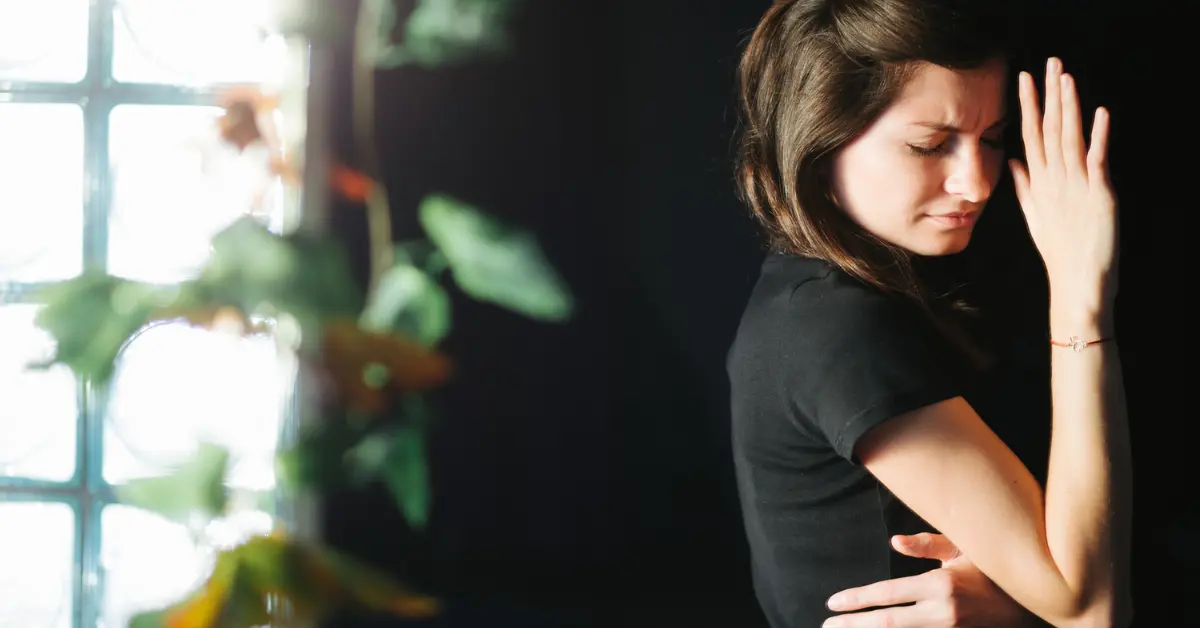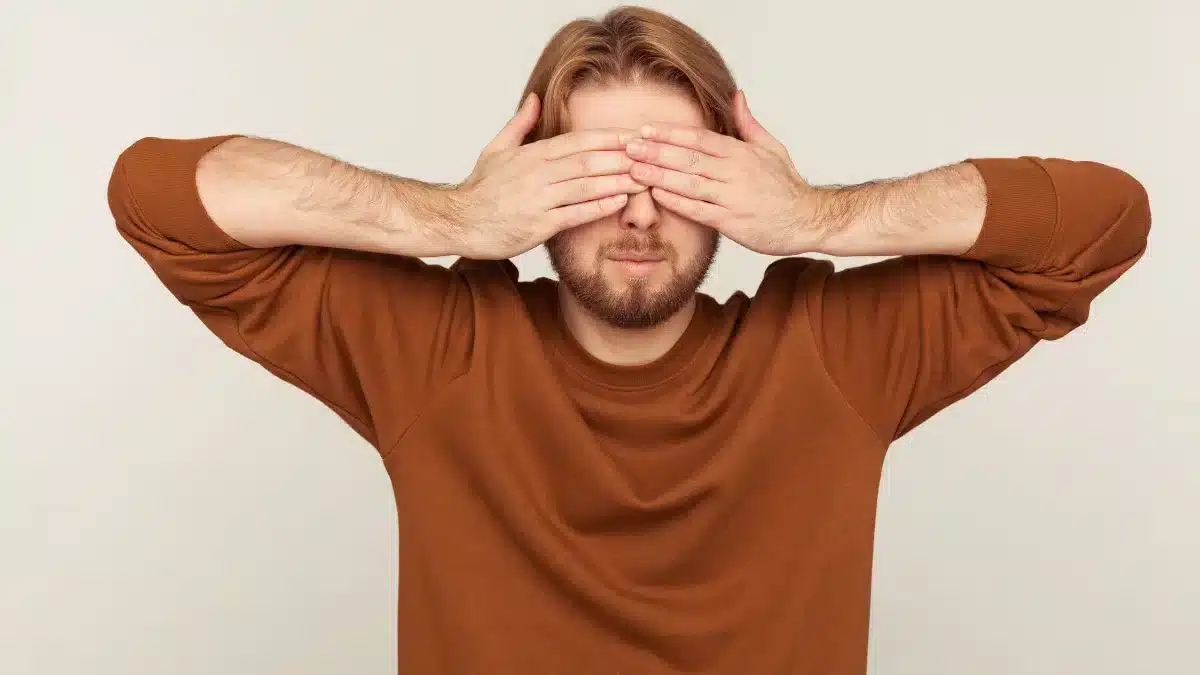Photophobia Symptoms: A Guide to Recognise Photophobia (Light Sensitivity)
Photophobia is not a condition but a symptom of several other conditions.
The symptoms of Photophobia include having light sensitivity, seeing bright spots even when eyes are closed and feeling that your eyes are dry.
Hence, this condition is commonly known as Light Sensitivity.
There are eye conditions, neurological conditions, medications and even psychological conditions that may lead to it.
You need to get an eye exam and maybe even a physical examination to get diagnosed with Photophobia.
Read on to know more about how you can treat Photophobia Symptoms.
What is Photophobia (Light Sensitivity)?
The literal meaning of Photophobia is ‘fear of light’.
Photophobia does not mean being afraid of light but having light sensitivity.
Even sun or bright indoor light may be uncomfortable or even painful.
It isn’t a condition in itself, and it is a symptom of another problem.
It may be painful when you are in bright sunlight or bright indoor light. You may blink or close your eyes.
Photophobia Symptoms
Some of the symptoms of photophobia include:
- Regular brightening feeling too much
- Feeling that your eyes are too dry
- Discomfort or pain when looking at light
- Squinting your eyes, one or both
- Being averse to light
- Forehead pain
- Tears from the eyes
- Difficulty in reading or looking at a text or even pictures
- Seeing bright spots, even in the dark or when eyes are closed
It is a symptom that anyone can experience, no matter their age.
It can be recurrent and even benign.
However, it may happen due to a medical condition.
It will usually affect both your eyes equally.
It is sometimes accompanied by other symptoms of fatigue, nausea and head pain.
Causes
Some conditions and medications can lead to photophobia, as per a 2012 research.
Some types of lightning can also trigger it. So, it is possible that you have light sensitivity.
Conditions that may lead to it
Photophobia can be a symptom of some conditions that may affect the eyes, mental health and even the neurological system.
Some of these conditions are:
Eye conditions

The most common eye condition that Photophobia causes is dry eyes.
It may occur when the person’s tear production is too low to provide lubrication.
Some other eye conditions that may cause Photophobia include:
- Uveitis
An inflammation occurs inside the eyes, mostly due to autoimmune disorders.
- Conjunctivitis
It is the inflammation of the tissue covering the white part of the eye, also called the conjunctiva.
- Corneal disease
It is a term for disorders of the cornea, the tissue which covers the iris and pupil.
- Optic neuritis
It is the inflammation of the optic nerve.
Neurological conditions
Migraine with Photophobia can also worsen the symptoms.
80-90% of people with headaches experience Photophobia. It may happen during as well as between headaches.
Other neurological conditions that may be behind Photophobia include:
- Traumatic brain injuries
These include serious injuries that affect the brain’s working.
- Meningitis
It results from the inflammation of the protective covering of the brain.
- Blepharospasm
It describes the closure, squeezing and involuntary blinking of the eyelids.
Psychological conditions
The psychological conditions that may lead to Photophobia include:
- Anxiety and panic disorders
- Depression
- Agoraphobia, or the fear of leaving home or the fear of being in a crowd
Light triggers
The brighter the light, the more discomfort a person feels, as per AMF.
The blue light wavelength also causes more sensitivity than other wavelengths.
Medications
Photophobia can be a side effect of:
- Chloroquine or Aralen, an antimalarial drug
- Haloperidol or Haldol, which helps in certain mental health conditions
- Benzodiazepines, which are anti-anxiety drugs
- Barbiturates, or drugs that cause sedation
Diagnosis
For diagnosing Photophobia, the doctor will listen to your medical history and perform an eye and physical exam.
After which they might refer you for specialized diagnostic tests.
Treatment

The treatment of Photophobia can be done depending on the cause of Photophobia.
It is important to diagnose the symptoms because the conditions that may result in photophobia differ.
For Optic Neuritis, for example, medication would be needed. For cataracts, surgery may be the need.
If it is being caused due to Glaucoma, medication or surgery could be needed. For Migraines, over-the-counter medicines or prescription medicines will work.
The other aspect of Photophobia(Light Sensitivity) treatment is based on relieving your symptoms.
While the doctors treat the underlying condition, it may take longer for the Photophobia to improve.
While it is being resolved, there are several things you can do to be comfortable till then.
- Decrease your exposure to bright light.
- Wear sunglasses.
- Use eye drops for comfort.
- Try to use green-tinted glasses, as it does not cause photophobia to the same extent.
- Discuss the advantages and disadvantages of prescription pain medicines with your doctor.
If you have recurrent migraines, you may experience photophobia occasionally.
You should always have a hat, sunglasses and comfortable lighting to ensure that Photophobia does not bother you too much.
Takeaway
Some symptoms of Photophobia(Light Sensitivity) include being averse to light, forehead pain, eyes feeling dry and seeing bright light spots even when eyes are closed.
You need to get an eye exam and maybe even a physical examination to get diagnosed with Photophobia.
For many reasons, one may be suffering from Photophobia, you need to take care of your eyes until the cause of your Photophobia is discovered and treated.
You can take care of your eyes by wearing sunglasses and a hat.
Frequently Asked Questions
How do you diagnose Photophobia?
Photophobia is a symptom, not a condition. To find the condition causing Photophobia, you must go to a doctor who will ask about your symptoms and medical history. They will also check your eye and brain health.
What diseases have Photophobia as a symptom?
The diseases having Photophobia as a symptom include Blepharitis, Keratoconjunctivitis, Corneal diseases, Dry eye, Conjunctivitis, Iritis, Asthenopia and Uveitis.
What causes Photophobia?
Wearing contact lenses excessively, or even wearing them when ill-fitting, can result in Photophobia. Eye injury and eye infection can also result in Photophobia.
WowRx uses only high-quality sources while writing our articles. Please read our content information policy to know more about how we keep our content reliable and trustworthy.






